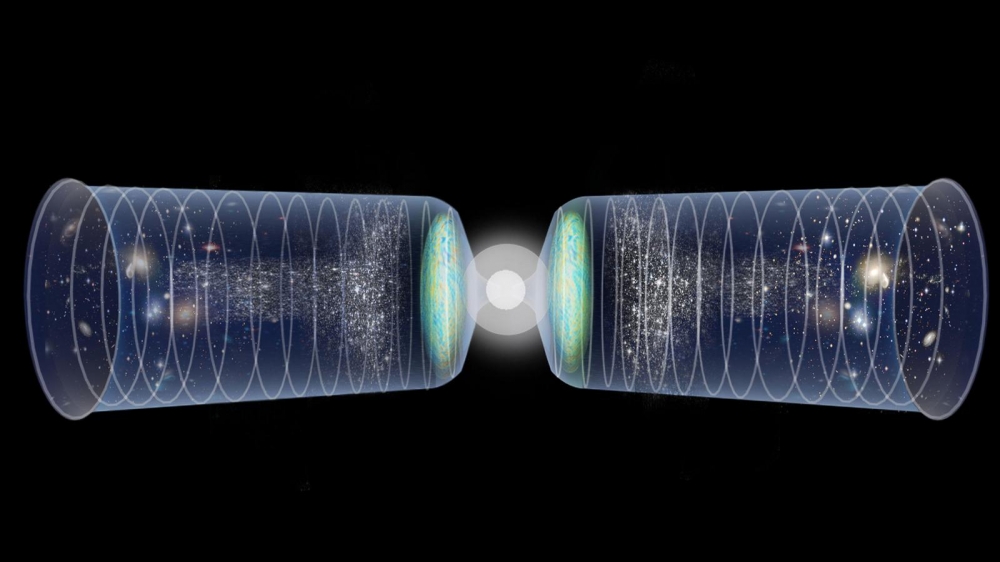What if the Universe has no end?

Rather than being a beginning, the Big Bang could have been a moment of transition from one period of space and time to another – more of a bounce (Credit: Alamy)
By Patchen Barss 20th January 2020 - BBC Future
The Big Bang is widely accepted as being the beginning of everything we see around us, but other theories that are gathering support among scientists are suggesting otherwise.
The usual story of the Universe has a beginning, middle, and an end.
It began with the Big Bang 13.8 billion years ago when the Universe was tiny, hot, and dense. In less than a billionth of a billionth of a second, that pinpoint of a universe expanded to more than a billion, billion times its original size through a process called “cosmological inflation”.
Next came “the graceful exit”, when inflation stopped. The universe carried on expanding and cooling, but at a fraction of the initial rate. For the next 380,000 years, the Universe was so dense that not even light could move through it – the cosmos was an opaque, superhot plasma of scattered particles. When things finally cooled enough for the first hydrogen atoms to form, the Universe swiftly became transparent. Radiation burst out in every direction, and the Universe was on its way to becoming the lumpy entity we see today, with vast swaths of empty space punctuated by clumps of particles, dust, stars, black holes, galaxies, radiation, and other forms of matter and energy.
See full text